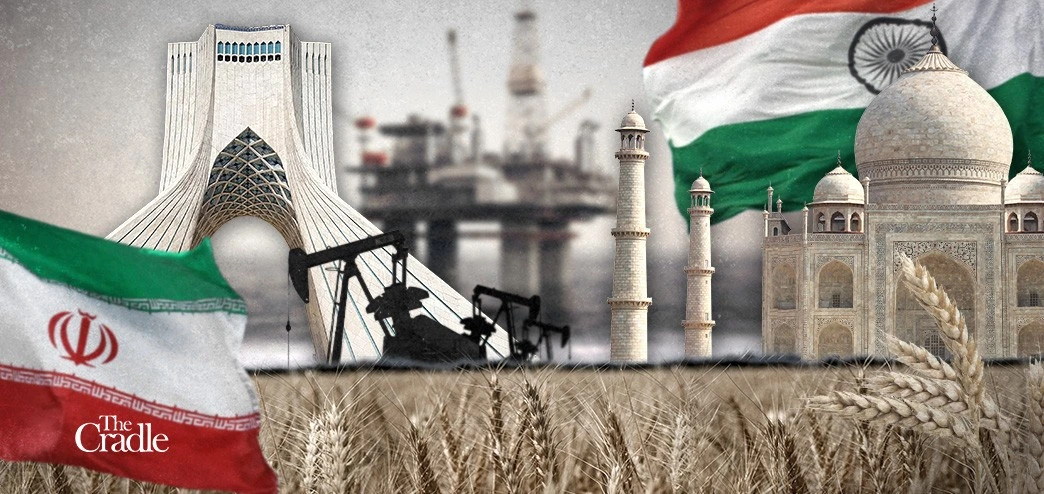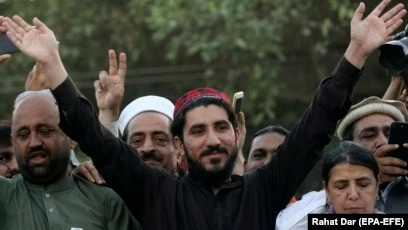India’s Cover Network Under Scrutiny in Iran

Iran has formally admitted the disappearance of three Indian individuals from its territory and issued an unusually blunt warning against “illegal Indian agencies” functioning inside its borders, in a startling turn of events upsetting regional intelligence dynamics. This comment constitutes a rare and public criticism of covert Indian involvement by a sovereign state in the region and marks a turning point in the geopolitics tug-of-war playing out across South Asia and the Middle East.
Although the first focus might have been on the missing Indian nationals, Iran’s well-crafted public statement reveals far more than just humanitarian concern. Explicit in the phrasing is a recognition of the existence of Indian agents, probably connected to the Research and Analysis Wing (RAW), India’s outside intelligence agency, who might be engaged in acts deemed subversive or compromising of Iranian sovereignty. Tehran’s extraordinary openness suggests a larger awareness and maybe a deliberate change in handling foreign covert activities on its territory.
Traditionally, Pakistan has most openly objected to Indian intelligence operations. Islamabad has maintained time and again that RAW operates near its borders, especially in conflict-torn areas like Balochistan. Western nations have, however, often discounted such warnings as part of their long-standing rivalry between India and Pakistan. Iran’s latest admission so gives these assertions hitherto unheard-of regional legitimacy and adds a new element to the regional intelligence computation.
This change reminds me of trends seen in Afghanistan earlier. Under the cover of diplomatic interaction and development aid, India developed major intelligence infrastructure in Afghanistan over the last ten years. Since India’s presence was considered as a counterpoint to Pakistan’s influence, Kabul had basically ignored these networks. But the bones of covert operations surfaced when the Afghan government fell apart, and regional alliances changed. Iran, especially its eastern province of Sistan-Balochistan, now seems to be waking up and reconsidering the degree and possible threat of Indian intelligence traces in its unstable border areas.
Tehran is a prime target for intelligence operations, particularly those aiming at monitoring or influencing cross-border insurgencies, ethnic movements, and geopolitical alliances, given its strategic geography, bordering both Pakistan and Afghanistan. Long a theatre of covert activity, Sistan-Balochistan boasts a restive ethnic Baloch population and closeness to Pakistan’s own insurgency-prone region of Balochistan. Iran’s public calling out of Indian activities suggests a more general clampdown is imminent.
From a Pakistani standpoint, Tehran’s signalling marks a long-overdue and welcome change. Pakistan has insisted for years that Indian agents launch subversive activities and espionage using Iranian territory. The most well-known case bolstering these allegations is that of Kulbhushan Jadhav, a former Indian Navy officer detained by Pakistan in 2016 close to the Iran-Pakistan border, who admitted running RAW activities from Chabahar, Iran. India keeps rejecting these accusations, but Jadhav’s case is still a key reference for Pakistani officials to support their worries. Iran’s new posture might give these long-standing assertions credibility and force India to rethink its clandestine presence in the area.
Words by themselves, though, cannot change the security scene. Tehran’s capacity and resolve to destroy these networks will ultimately prove the real test. Should Iran carry out its warning with actual counterintelligence operations, arrests, diplomatic censure, or surveillance rollbacks, the operating environment for RAW in the area may be drastically altered. Previously thought to be safe havens for Indian intelligence, areas could turn into contested territory, therefore restricting India’s capacity to use covert asymmetric force in its western periphery.
The international setting in which this development is occurring adds even more difficulty for New Delhi. India’s intelligence agencies have come under more and more examination over the past year for allegedly using criminal syndicates to execute extrajudicial killings on overseas territory. Prominent incidents involving Indian intelligence outsourcing politically motivated assassinations to non-state actors in Canada and the United States have highlighted a strategy that provides plausible deniability while serving strategic goals: India’s image as a democratic counterbalance in Asia has been tarnished by this perilous junction of state and criminal activity, which also questions the ethical foundations of its intelligence approach.
Allegedly connected to those with ties to Indian intelligence were the murders of Sikh activist Hardeep Singh Nijjar in 2023 in Canada and the US, as well as the foiled assassination attempt directed against another Sikh separatist. These events have spurred not only diplomatic demonstrations but also criminal investigations, linking India to a kind of international activity more usually connected with totalitarian governments. Should such trends emerge in Iran, especially in the dangerous Balochistan corridor, it would indicate a concerning expansion in the scope and strategies of Indian clandestine policy.
Stakes for Iran are high. In addition to compromising its sovereignty, tolerating foreign intelligence operations on its territory destabilizes a border area already under strain. Tehran presents itself as a more forceful regional actor by admitting the issue and indicating a possible change, ready to oppose intelligence overreach by bigger nations. However, opposing Indian networks has its own dangers, including diplomatic fallout and possible reprisals via cyber operations or proxy groups.
Involving impartial third parties or multilateral forums could be one interesting way to control this increasing strain. Particularly when global institutions give strategic alliances top priority over rules, smaller states and intermediate powers can struggle to counterintelligence transgressions by more powerful countries. Third-party mediation might thus offer a means to resolve problems without resorting to overt animosity. An unbiased mediator, perhaps a reputable regional actor like Oman or a multilateral entity like the Shanghai Cooperation Organization (SCO), could help uncover evidence, set boundaries, and open safe lines of communication for impacted nations to express grievances.
Furthermore, international standards controlling intelligence operations remain inadequate and inconsistently applied. Although espionage is a worldwide habit, the growing use of covert operations to execute extraterritorial assassinations, influence operations, and insurgency support has stretched the limits of what is seen acceptable state activity. Given that its acts go unpacked by its vital allies, India’s claimed eagerness to exploit this murky area with impunity begs difficult issues regarding responsibility.
Iran’s most recent remarks, then, are more than just a regional warning; they reflect a rising worldwide awareness of the darker side of intelligence globalization. States like India are pushing the boundaries of covert action under the cover of national security, while others, not only adversaries like Pakistan but also neutral nations like Iran that find themselves unwilling pawns in a far more expansive game are starting to object.
The next several months will be pivotal. Tehran’s reaction will decide whether this is a brief diplomatic flare-up, or the start of an ongoing campaign aimed at recovering authority over its internal security environment. Should Iran show the will to reverse India’s intelligence footprint and foster more openness about foreign activities, it might create a strong model for other countries facing comparable incursions. It may even encourage more general debates on changing global control of covert operations and reducing the impunity with which strong nations sometimes act.
Iran’s public critique of illicit Indian operations is a rare flash of clarity in a foggy environment. It highlights the growing and progressively hostile playbook of Indian intelligence and provides an opportunity for the area to reinterpret its tolerance for covert action. Whether Iran acts on its warnings, and whether the world is ready to pay attention, will determine whether this moment results in significant change.











